Ermou Street
Ermou Street is the most commercial street of the city. It was named Ermou after Hermes (Mercury), the Greek god of commerce.
Location
Timeline
Modern and Contemporary era (1821 - )
By the interwar years, the prevailing architecture of the facades were classicist. During the interwar years, the first modern buildings appeared on the street.
1856 The proposal to increase the width of Ermou was approved.
1996 The pedestrianization of the western section was completed.
2004 In August 2004, during the Olympic Games, Ermou throbbed with life and was home to many artistic events throughout its length, being visited by people from all parts of the world.

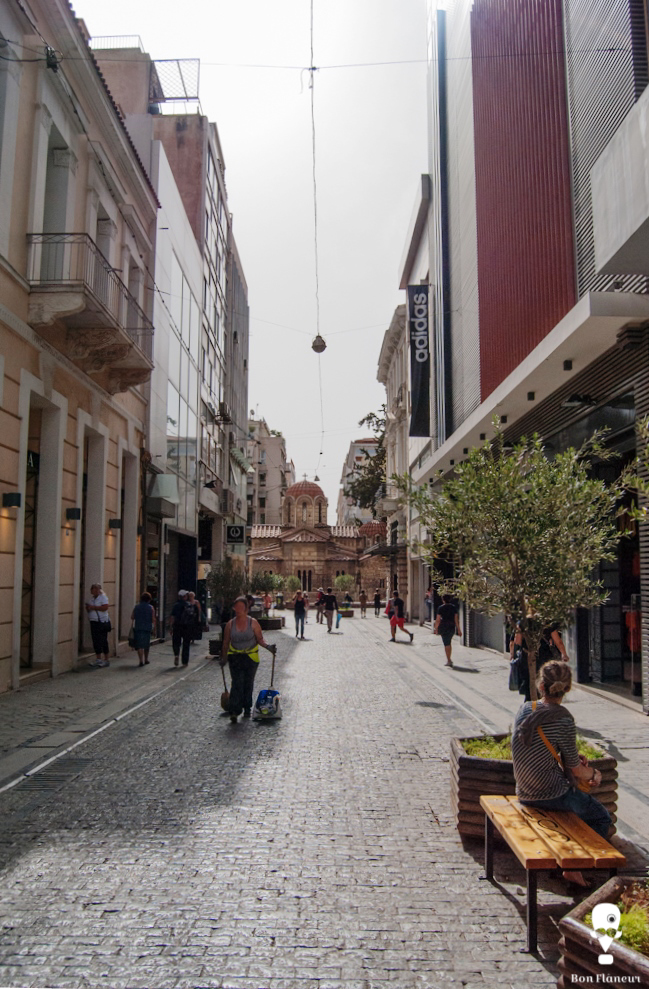
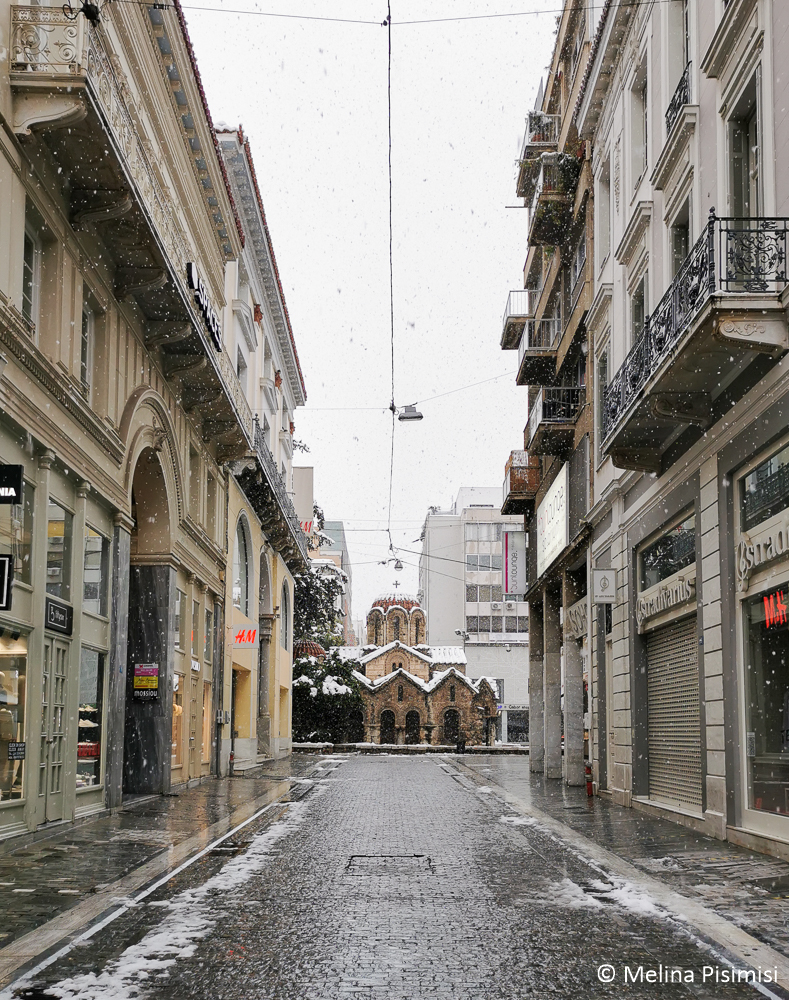
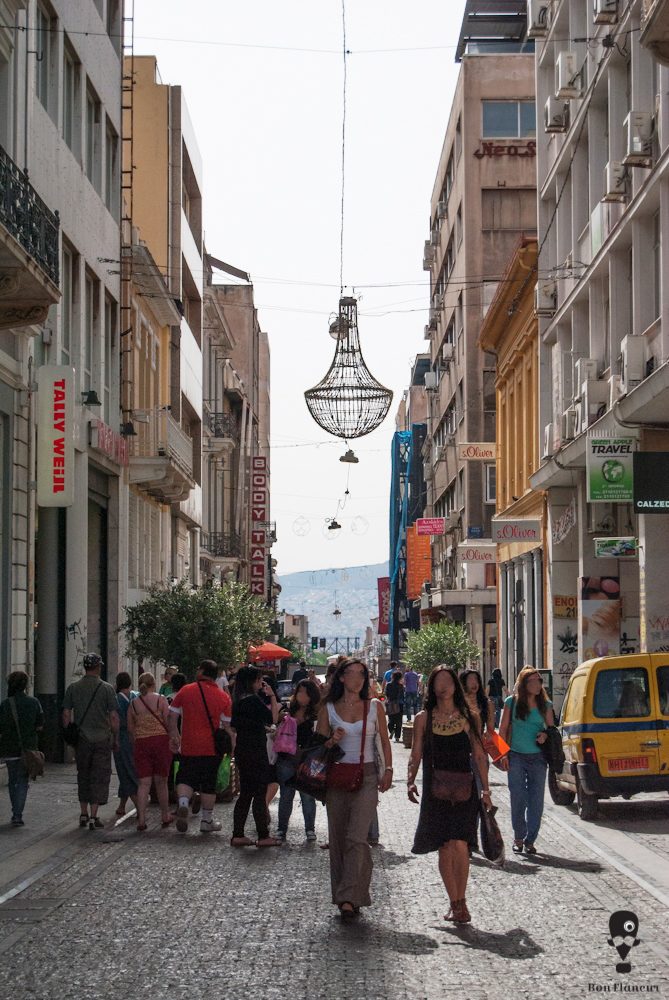
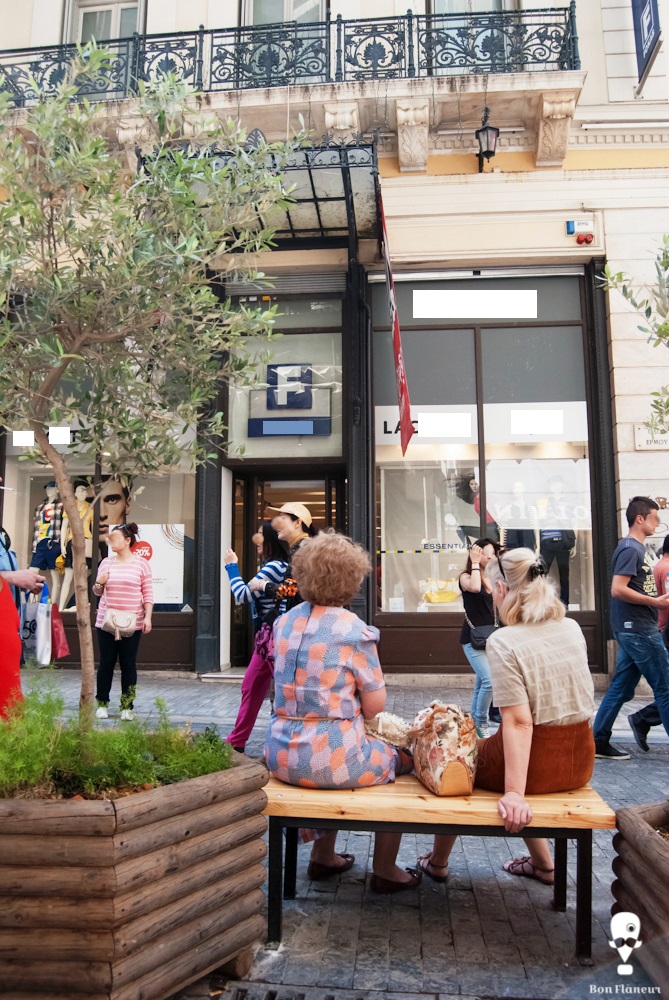
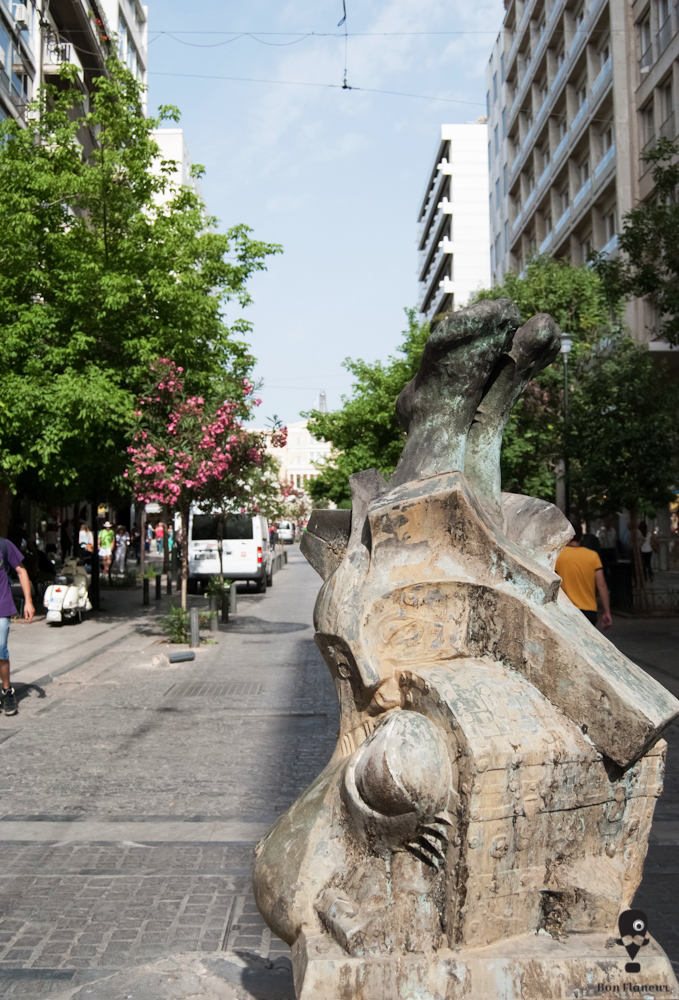
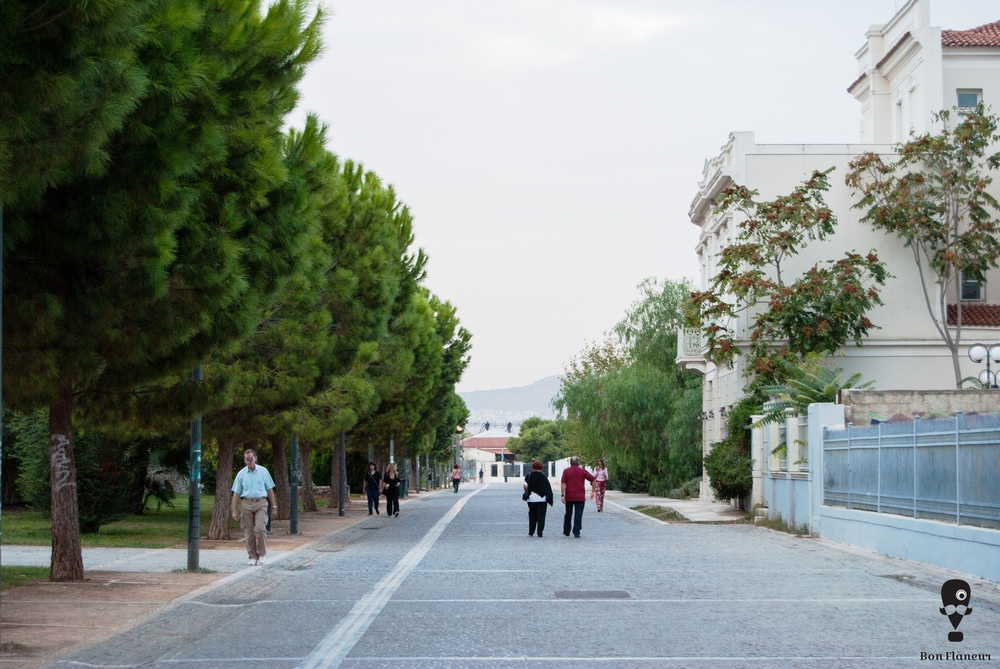
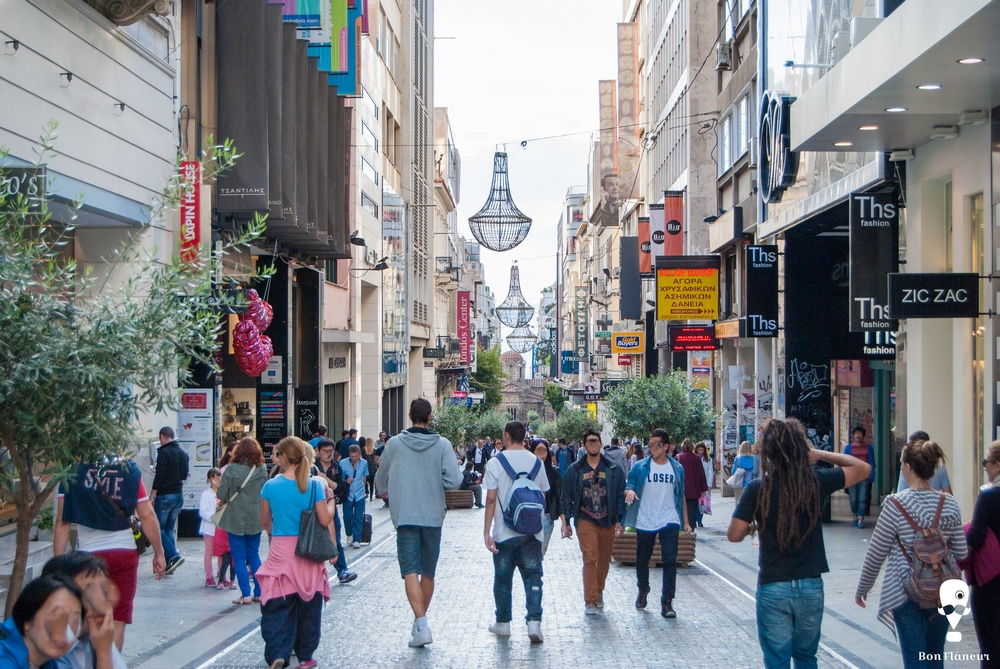

Share